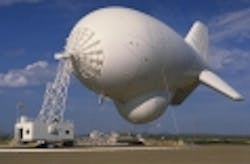AgustaWestland AW159 Lynx Wildcat helicopter makes first appearance at Farnborough International Airshow
Posted by John McHale

